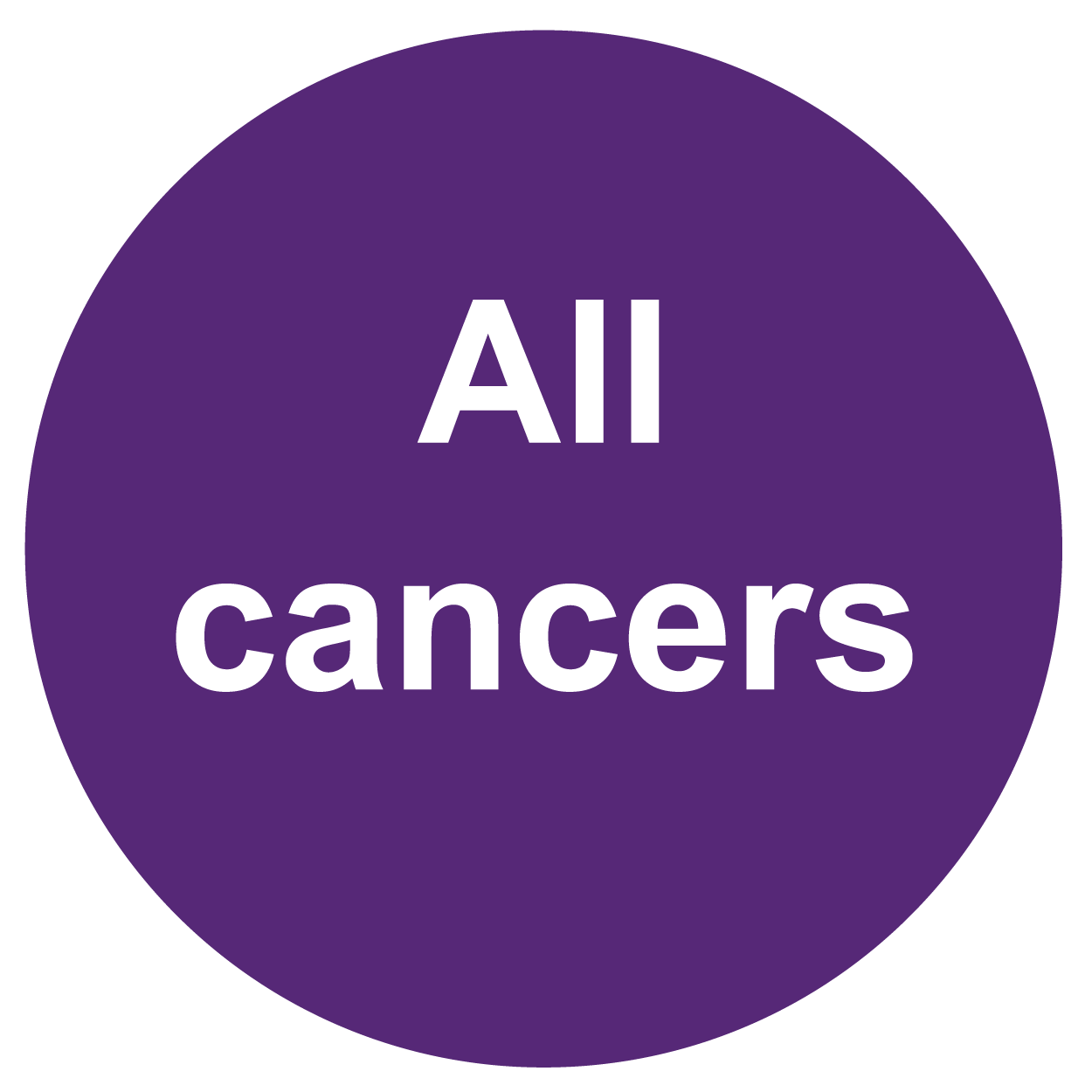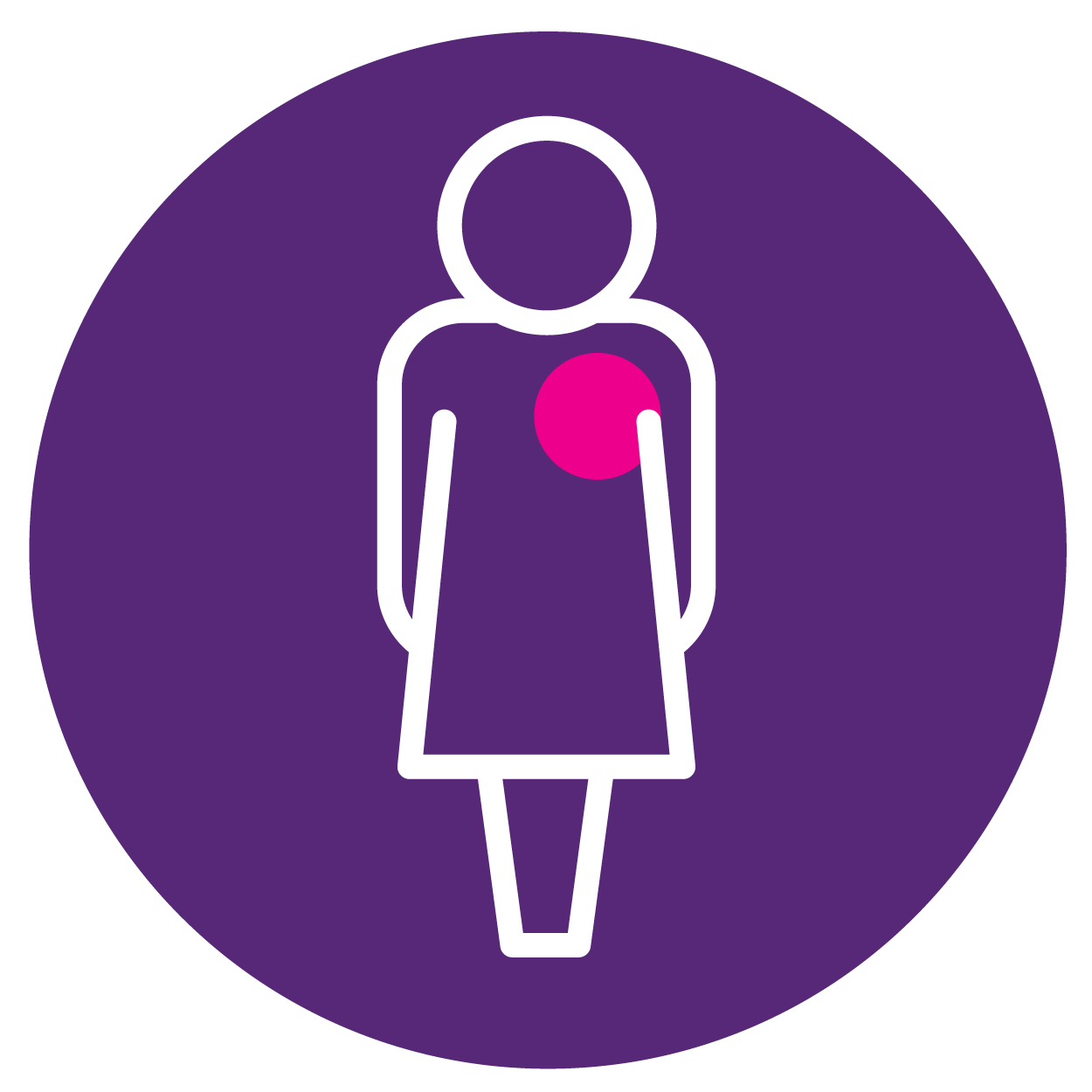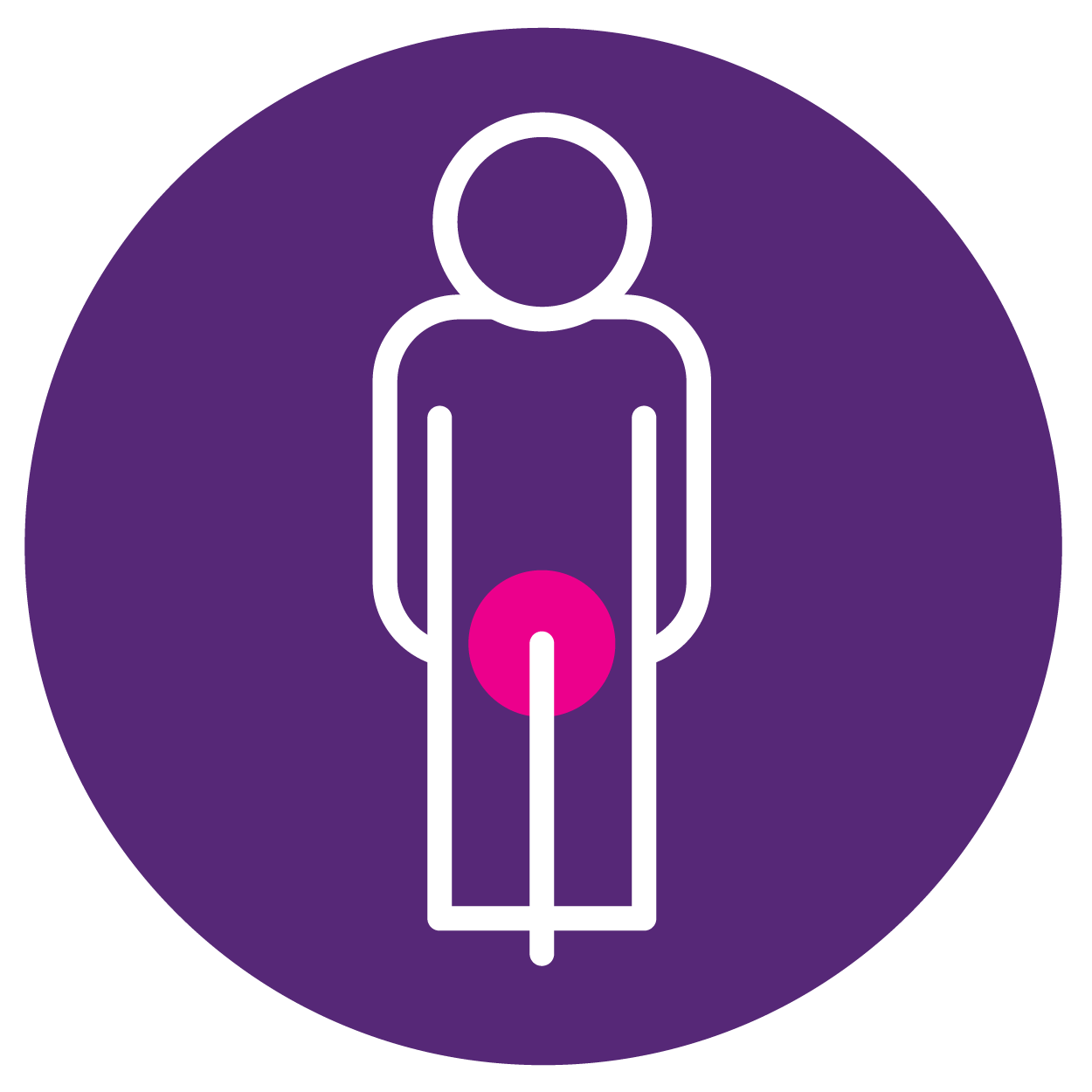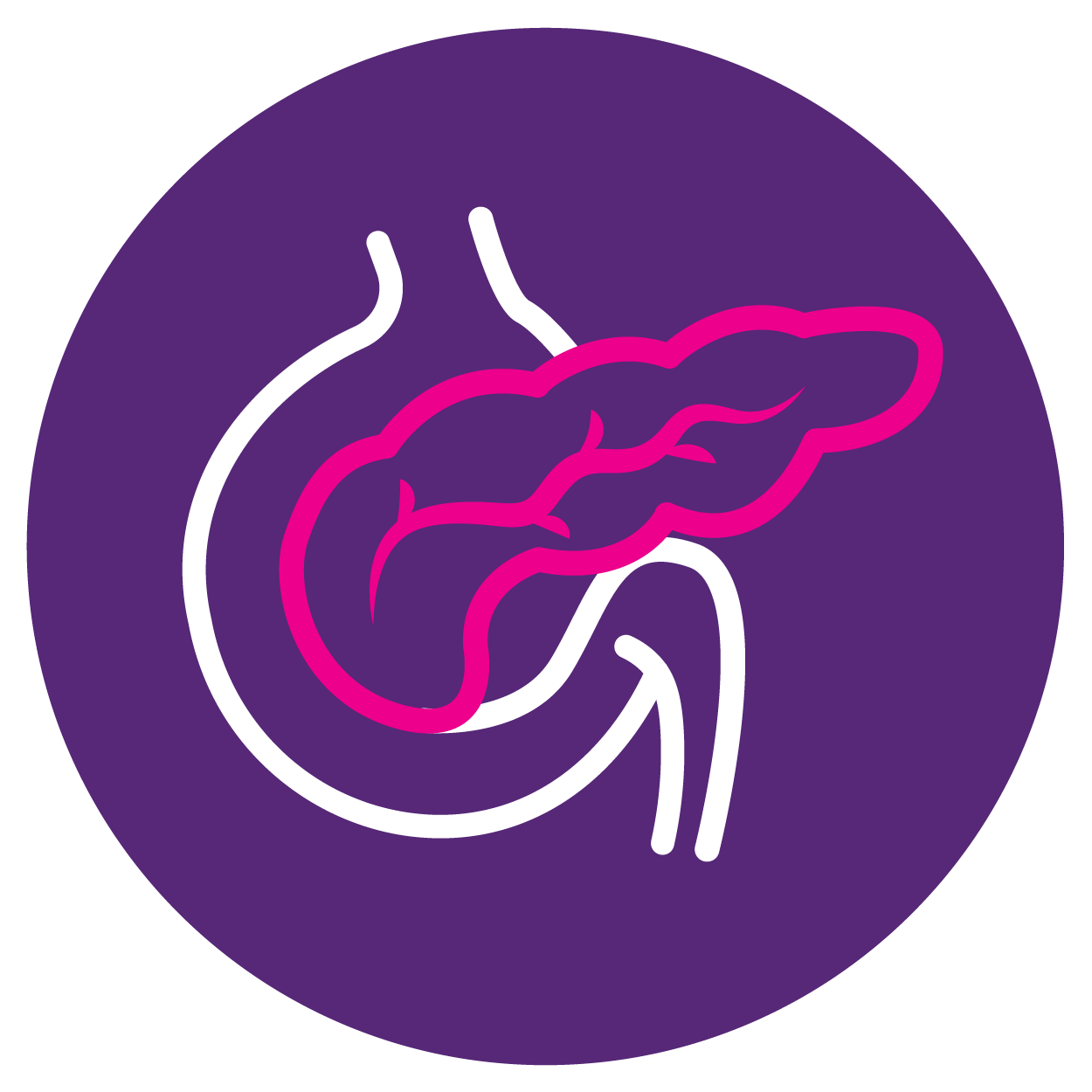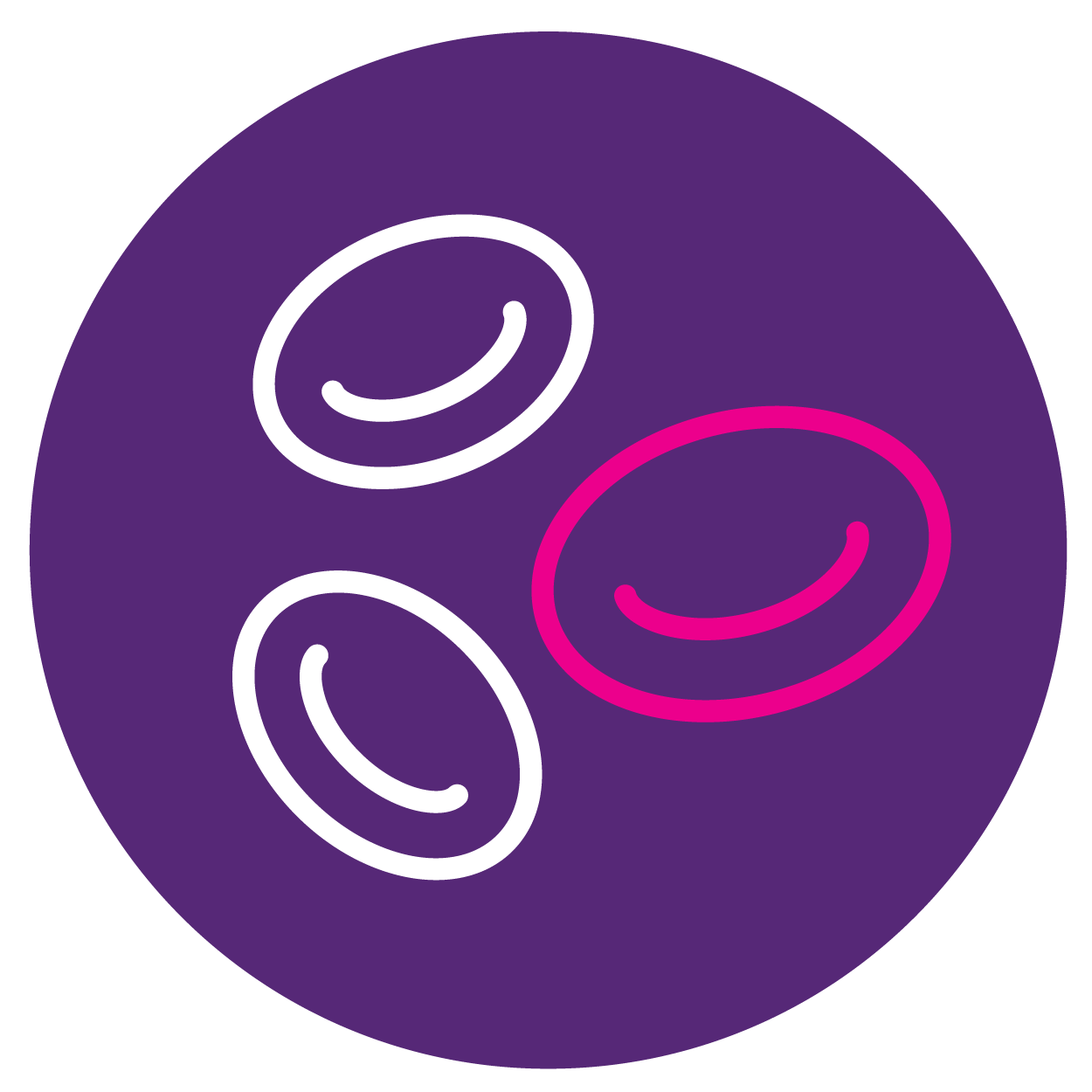Lung cancer

Cancer Cases
Cancer incidence rate refers to the number of new cancers cases occurring in a specified population during a given year, expressed as the number of cancer cases per 100,000 population.1
In 2018, the UK ranked 6th amongst the 31 European countries studied for the incidence of lung cancer, with 79 in every 100,000 people being diagnosed with the condition (ranging from 40 cases per 100,000 people in Sweden to 114 per 100,000 people in Hungary).
The UK's incidence rate for this cancer type was higher than the European average of 71 cases per 100,000 people.
Downloads:
Note:
- For this cancer type there is no information available on incidence at a country level for 1995
Reference for text:
1. National Cancer Institute. Cancer Incidence Rates.
References for graphs:
- ECIS (European Cancer Information System) https://ecis.jrc.ec.europa.eu/. Incidence and mortality estimates 2018
- ECIS (European Cancer Information System) https://ecis.jrc.ec.europa.eu/. Incidence and mortality historical data
- Engholm, G et al. NORDCAN: Cancer incidence, mortality, prevalence and survival in the Nordic countries, Version 8.0 (20.12.2017)
![]()
Cancer Deaths
Cancer mortality rate refers to the number of deaths caused by cancer occurring in a specified population during a given year, expressed as the number of cancer deaths per 100,000 population.2
In 2018, the UK ranked 12th amongst the 31 European countries studied for the mortality of lung cancer, with 57 in every 100,000 people dying from the condition (ranging from 39 deaths per 100,000 people in Sweden to 92 per 100,000 people in Hungary).
The UK's mortality rate for this cancer type was lower than the European average of 58 per 100,000 people.
Downloads:
Note:
- For this cancer type there is no information available on mortality at a country level for 1995
Reference for text:
2. National Cancer Institute. Cancer Mortality Rates.
References for graphs:
- ECIS (European Cancer Information System) https://ecis.jrc.ec.europa.eu/. Incidence and mortality estimates 2018
- International Agency for Research on Cancer http://www-dep.iarc.fr/WHOdb/WHOdb.htm. WHO cancer mortality database
![]()
Cancer Survival
Survival refers to the percentage of people that were diagnosed with cancer in a given year and who are still alive after a certain period of time (here defined as 5 years or more after being diagnosed).3
Between 2010 and 2014, the UK ranked 21st amongst the 28 European countries studied for the 5 year survival post-diagnosis of lung cancer, with 13% of people surviving 5 years or more after being diagnosed with this cancer type (ranging from 8% survival in Bulgaria to 20% in Switzerland).
Downloads:
Notes:
- There is no European average for 5-year survival because data for Greece, Hungary and Luxembourg is lacking
- The latest data collected by IHE was for the 2010-2014 5-year period
Reference for text:
References for graphs:
- Allemani, C et al. Global surveillance of cancer survival 1995-2009: analysis of individual data for 25 676 887 patients from 279 population-based registries in 67 countries (CONCORD-2)
- Allemani, C et al. Global surveillance of trends in cancer survival 2000-2014 (CONCORD-3): analysis of individual records for 37 513 025 patients diagnosed with one of 18 cancers from 322 population-based registries in 71 countries
![]()
Uptake of Cancer Medicines
The uptake of lung cancer medicines was analysed as sales in standard weekly doses (SWD) per cancer case in individual countries and is displayed in the below graph cumulatively.3
In 2018, the UK's cumulative uptake of lung cancer medicines analysed ranked 21st amongst the 25 European countries studied.
The UK's cumulative uptake for lung cancer medicines was the lowest amongst the other EU5 countries – Italy, Germany, France and Spain.
Downloads:
Notes:
- The lung cancer medicines analysed by IHE were afatinib, crizotinib, erlotinib, gefitinib, osimertinib and pemetrexed
- IHE selected a range of medicines launched between 2005-2015 that were identified by oncologists to represent accepted standard treatments and had high volumes of use across European countries. This selection process led to the variation in the number of individual medicines selected for each tumour type. Data was then collected from each country to highlight variation in volumes used as presented in these charts
Reference for text and graphs:
Last modified: 22 April 2024
Last reviewed: 22 April 2024
